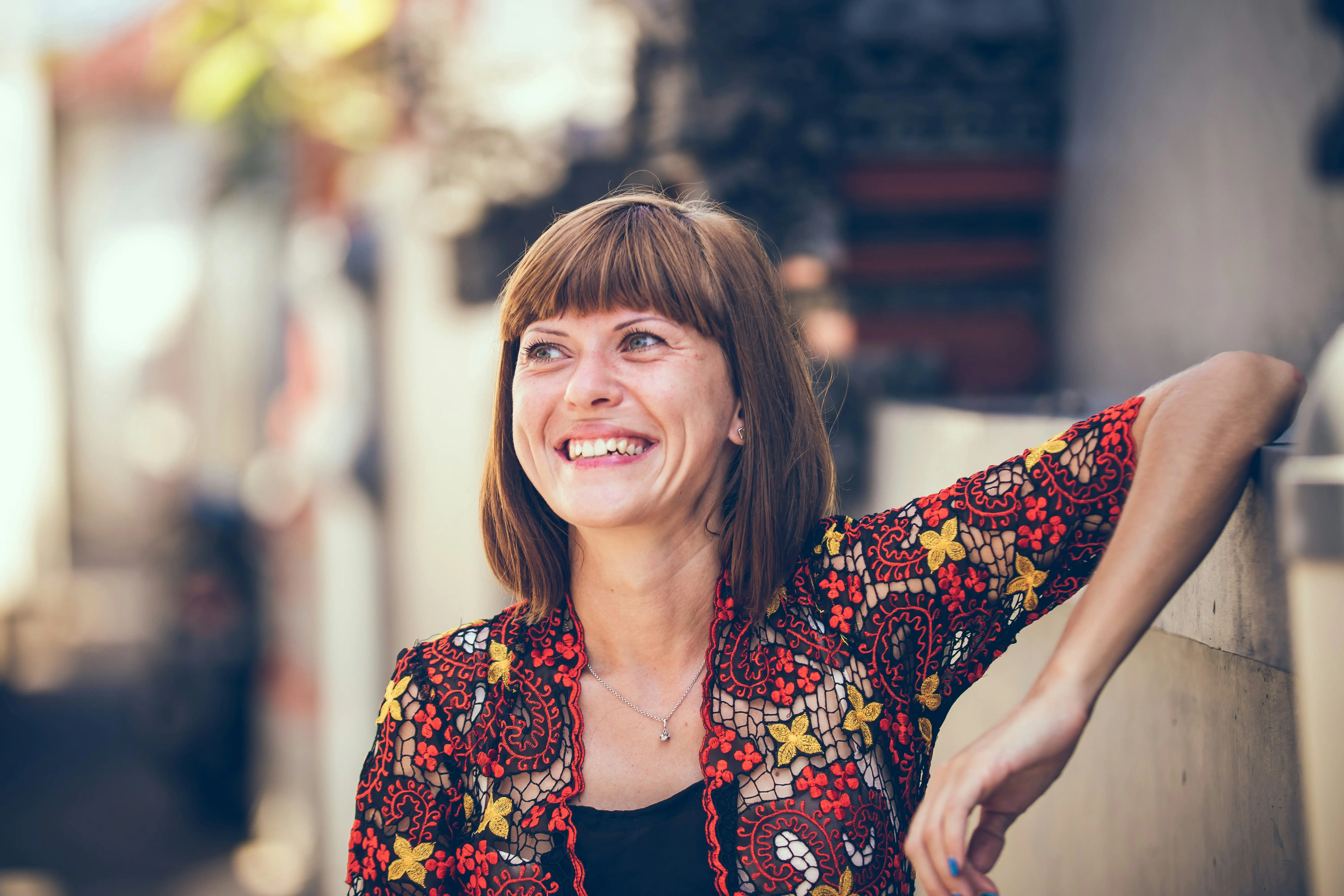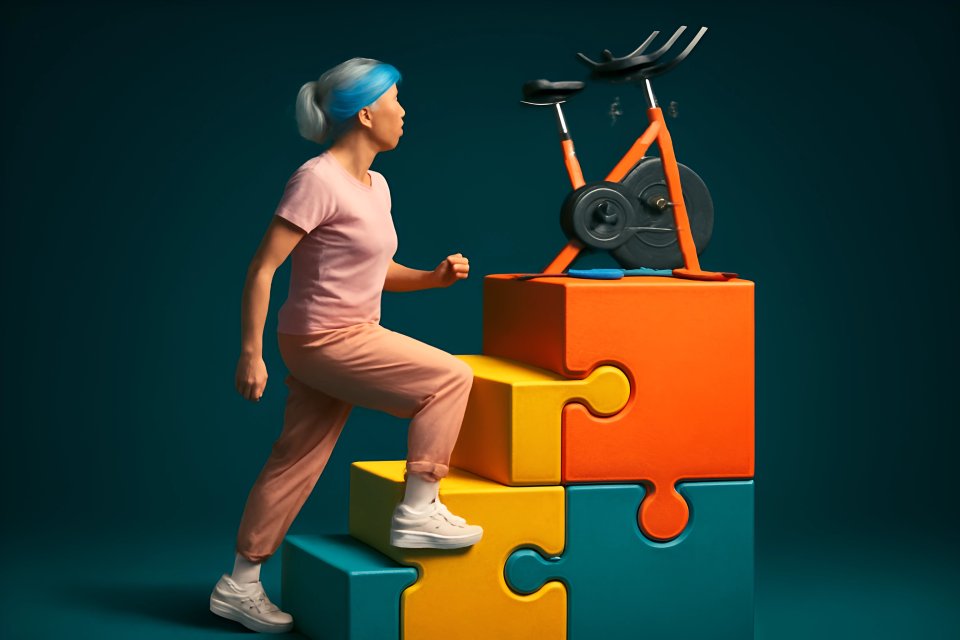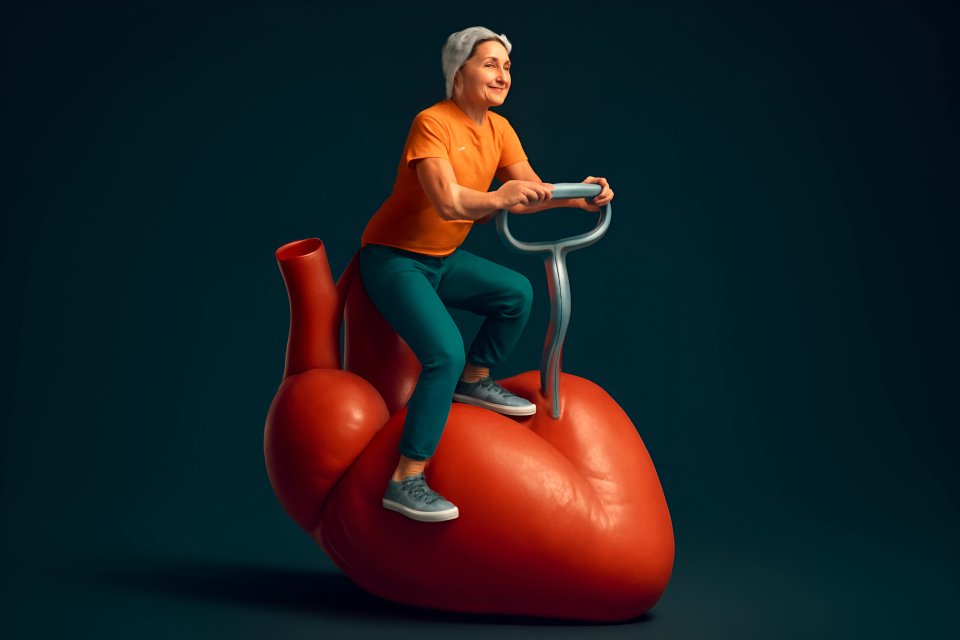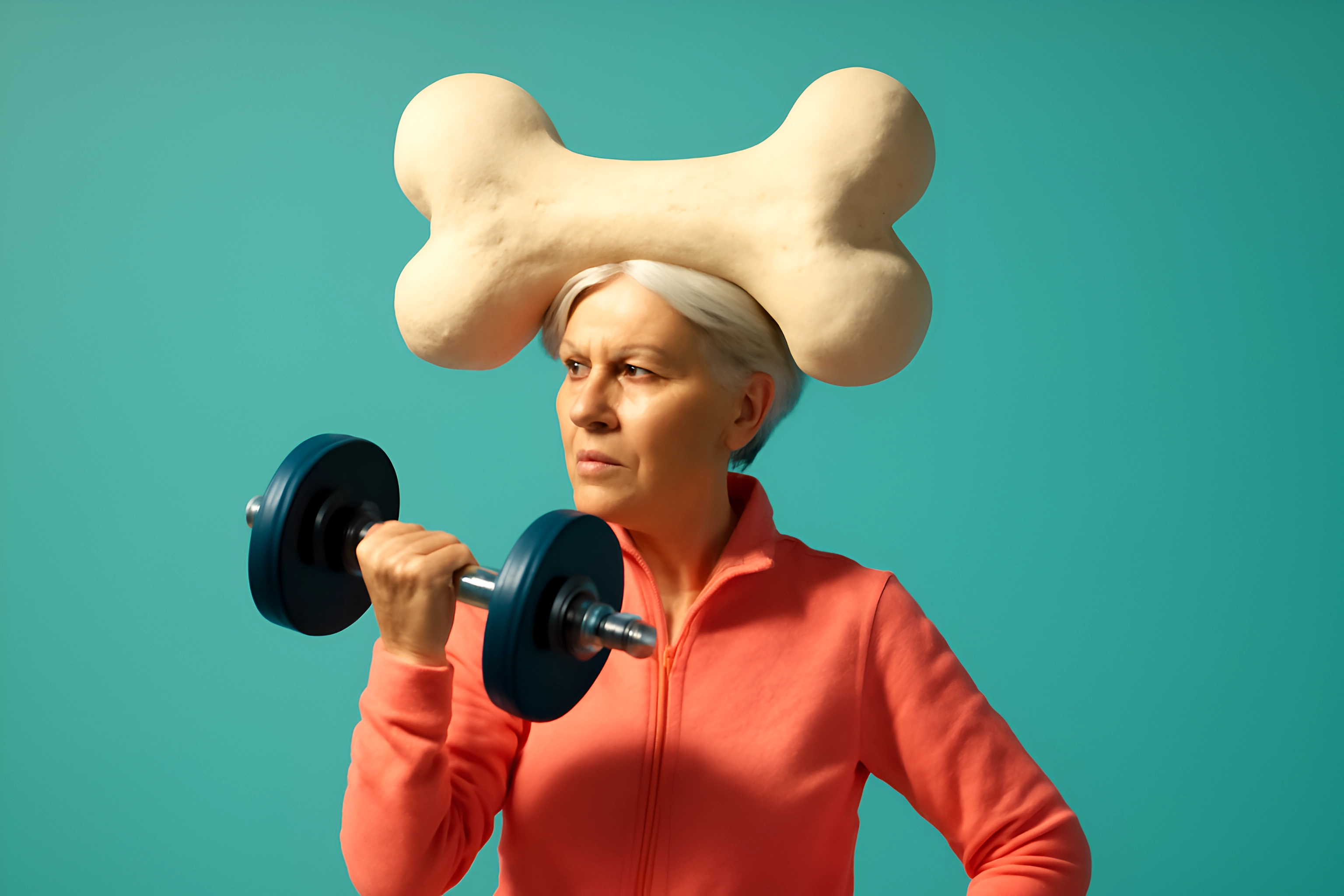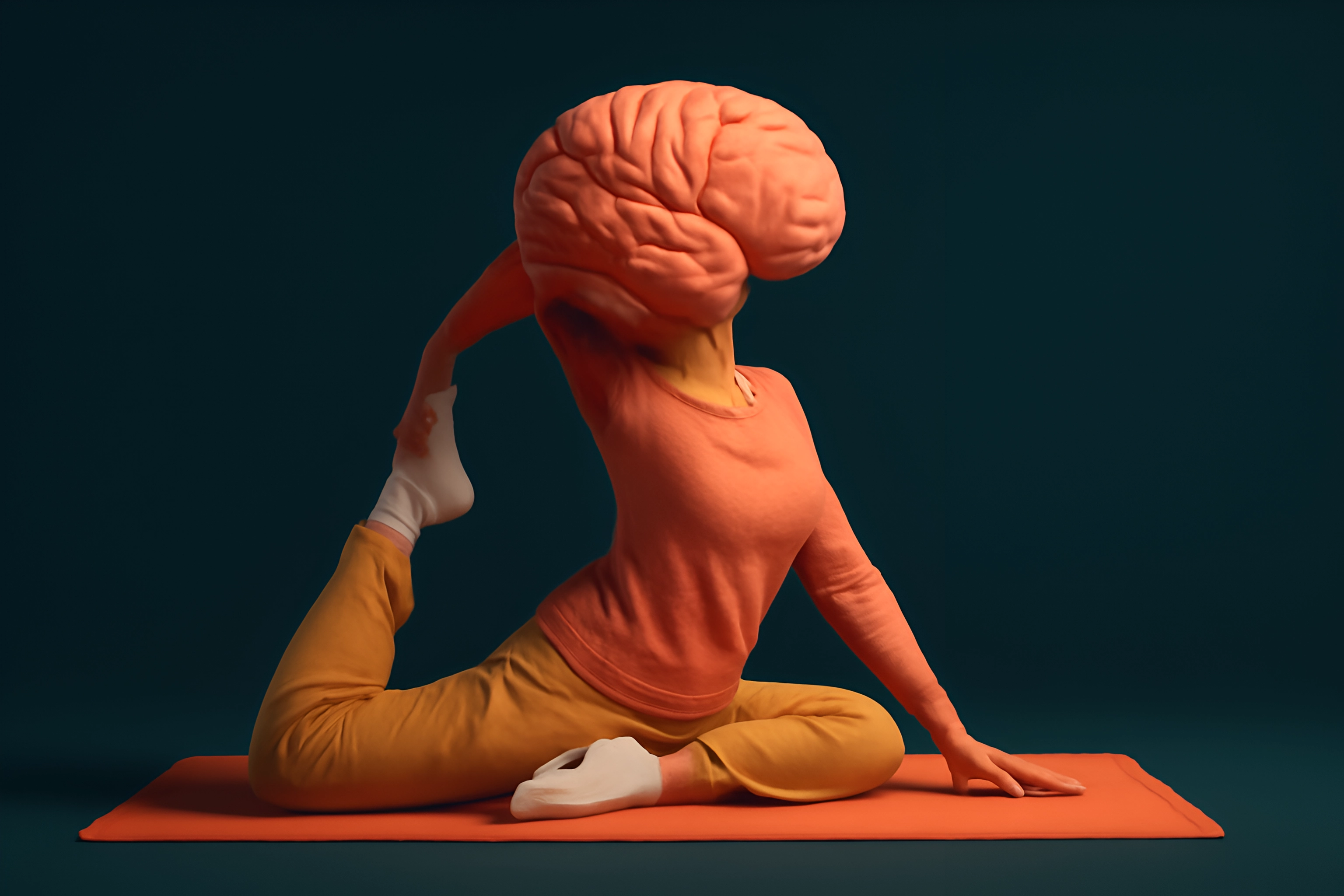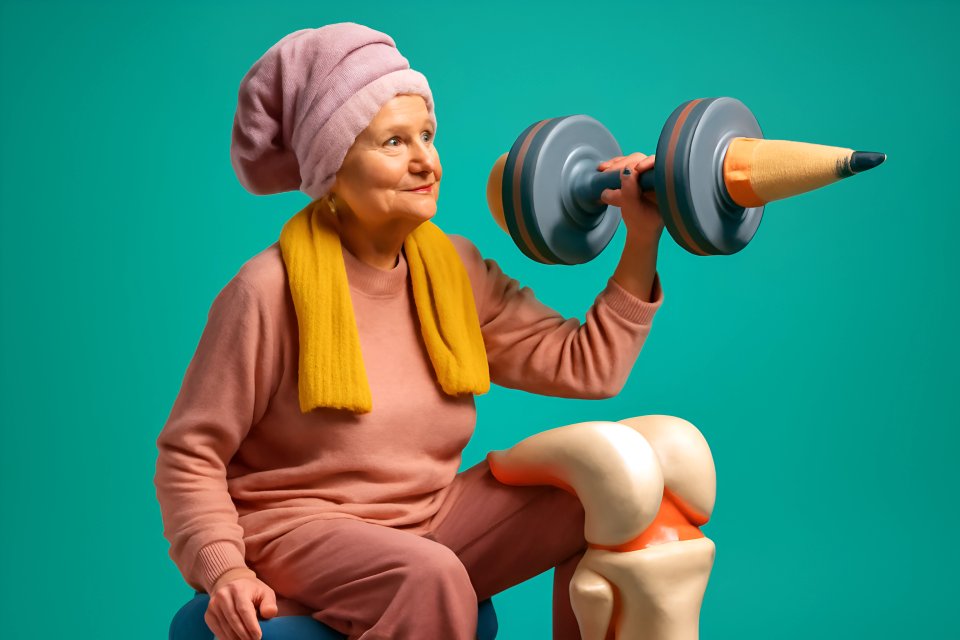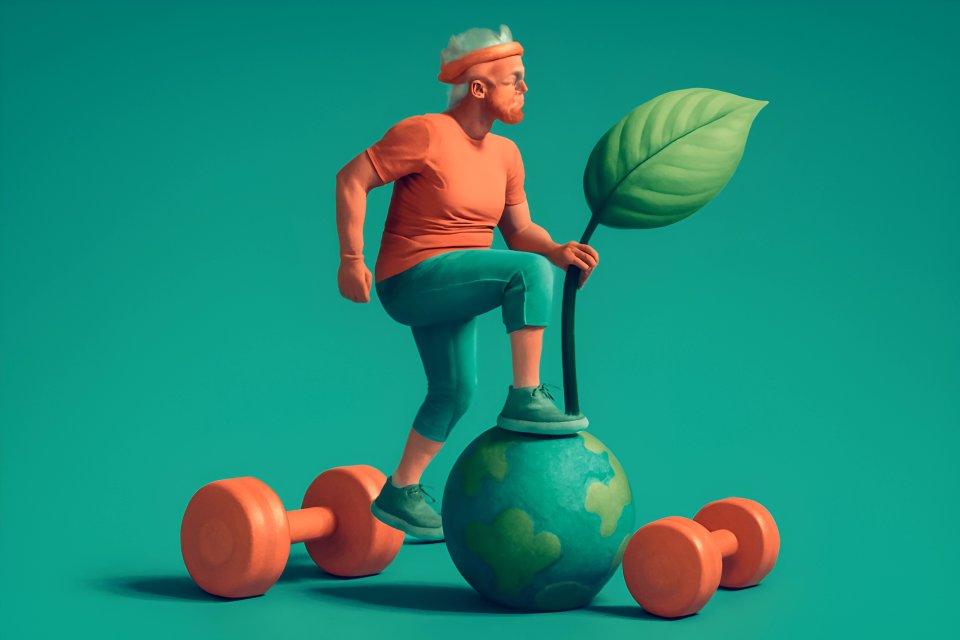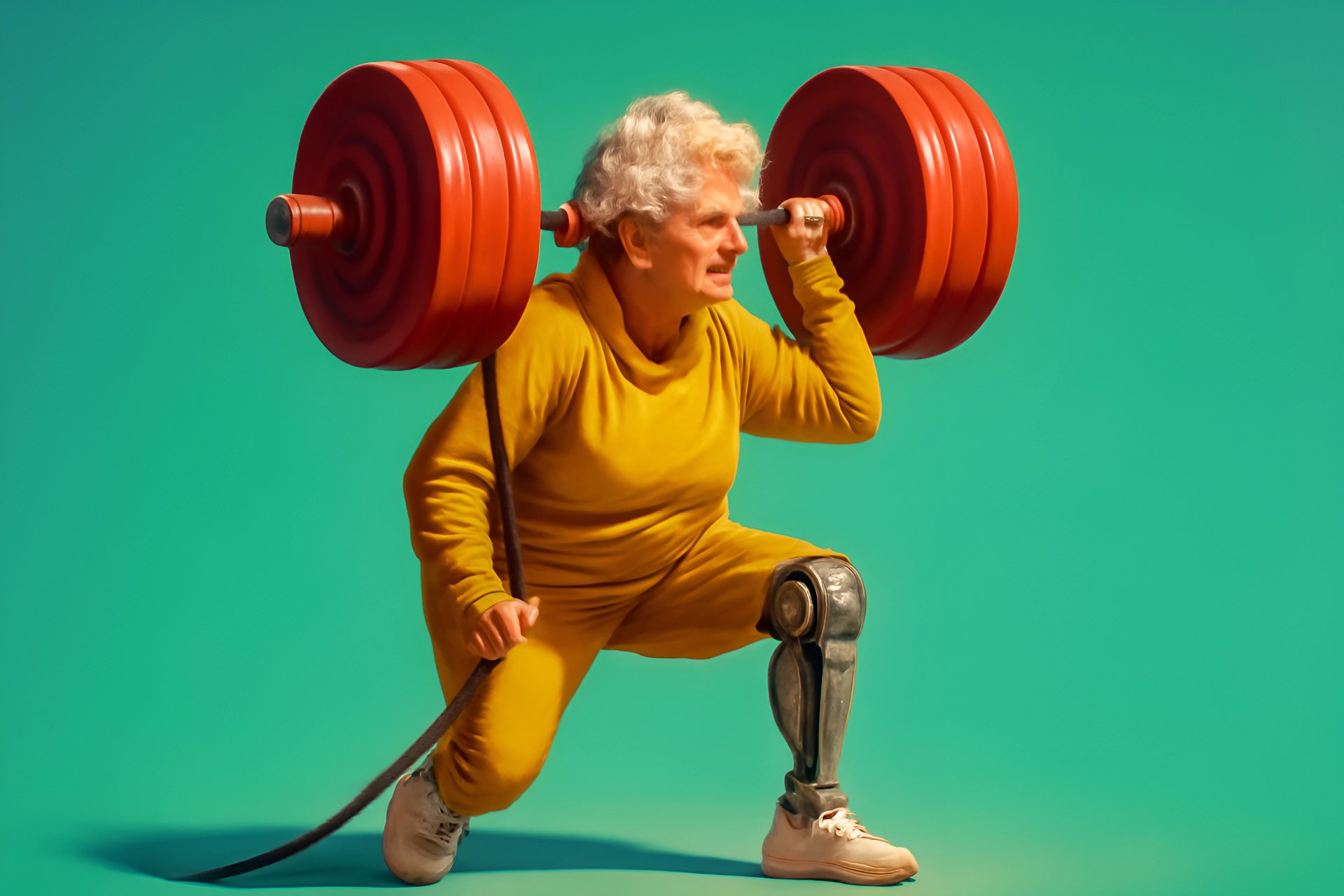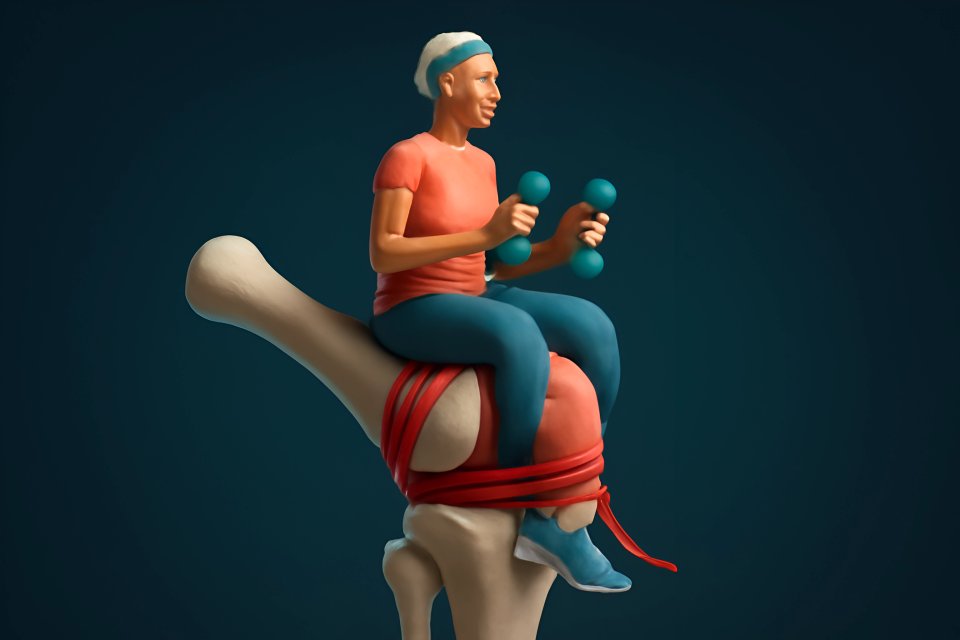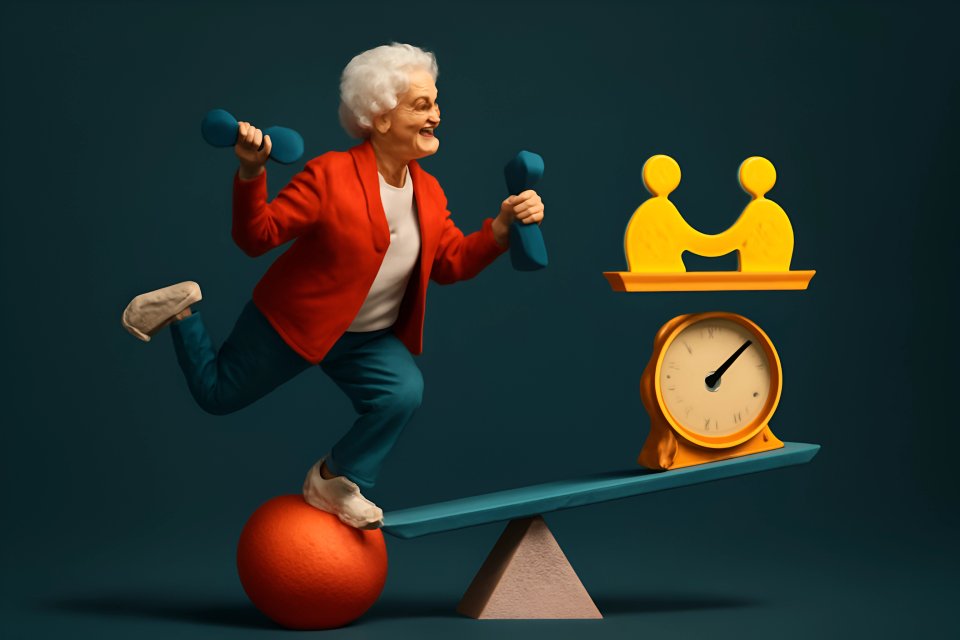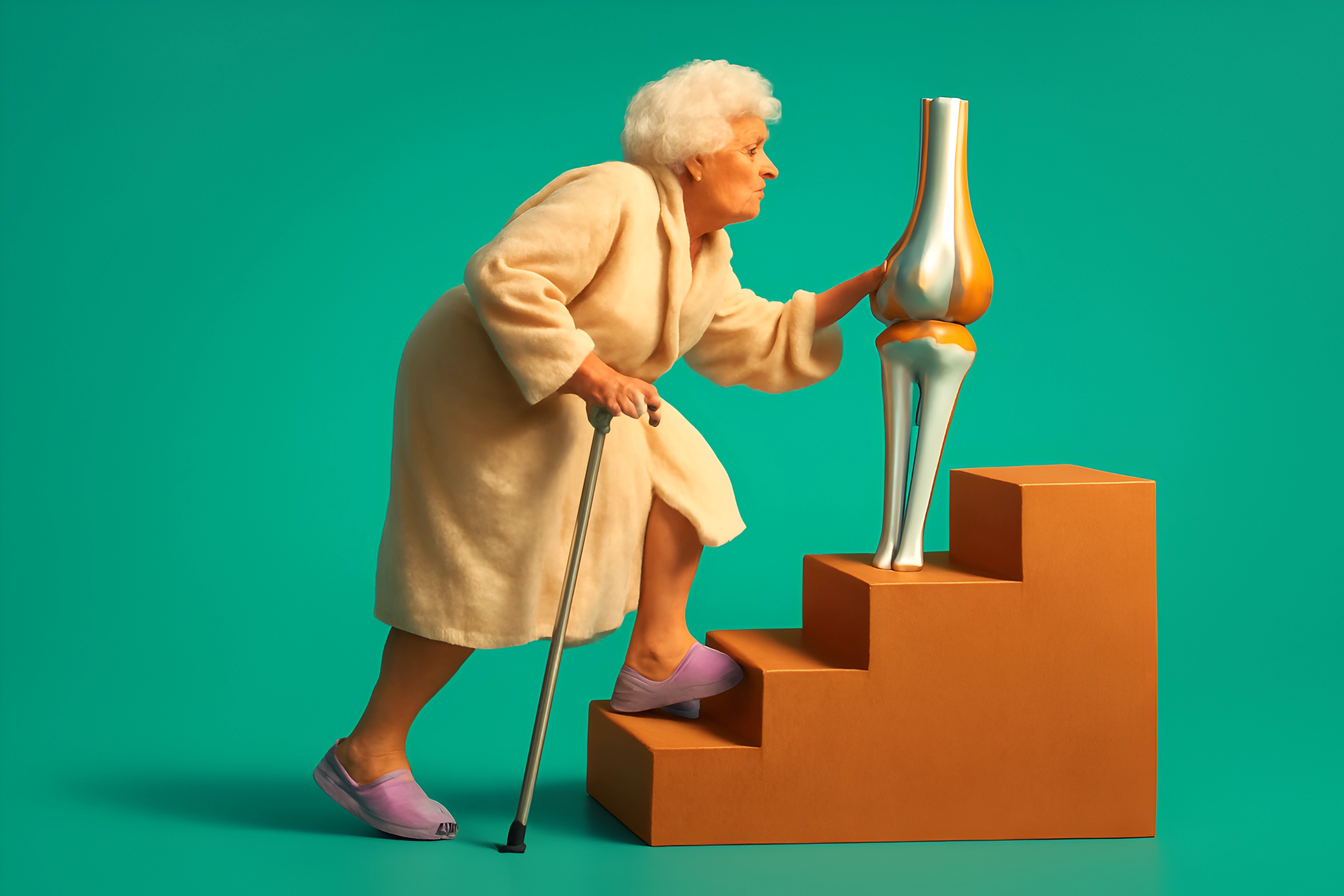
Introduction: Your First Step Towards Freer, Happier Joints
Does that first step out of bed feel a little stiffer than it used to? Do you find yourself hesitating before reaching for something on the top shelf, wondering if your shoulder will protest? You are not alone, and that feeling does not have to be your new normal.
So many of us are told that aches, pains, and stiffness are just an inevitable part of getting older. But what if that wasn't the whole story? What if you held the key to unlocking a life with more freedom, more confidence, and less discomfort, right in your own hands? This isn't about turning back the clock; it's about reclaiming the vibrant, independent life you deserve to live, right now.
This is your official invitation to invest in yourself. Forget complicated equipment or intimidating gyms. This simple and effective home mobility routine for joint health seniors is designed specifically for you, requiring nothing more than a sturdy chair and the decision to give your body the gift of movement.
Why Mobility Matters More Than Ever After 50
Let's be honest. When you hear "exercise," you might think of grueling workouts, but that’s not what this is about. This is about something far more fundamental: your freedom. True mobility is the secret ingredient to maintaining the life you love, on your own terms.
Think of your joints like the hinges on a door. Without regular use, they get creaky and stiff. Gentle movement lubricates those joints with synovial fluid, increasing blood flow and easing the aches that hold you back. In fact, studies show that consistent physical activity is one of the most powerful ways to maintain your independence as you age, making everything from getting out of a car to playing with your grandchildren feel easier and more joyful.
Most importantly, improving your mobility is a direct investment in your safety and security. Better flexibility and stronger supporting muscles significantly enhance your balance. Research from the CDC confirms that regular physical activity can dramatically decrease the risk of falls, giving you the confidence to move through your world without fear. These are the essential mobility improvement tips that translate into real-world strength and stability.
Safety First: Your Golden Rules for Movement
Before we take a single step, your safety is our number one priority. This routine is designed to be gentle, but every body is unique. Committing to these golden rules will ensure every movement you make is a step toward feeling better, not a risk for injury.
First and foremost, always check with your doctor or a trusted healthcare provider before beginning any new exercise program. They know your personal health history and can give you the green light. The most important rule once you begin is to listen to your body. We are aiming for gentle stretches and fluid motions, never sharp pain. You must learn to honor your pain-free range of motion, a concept experts at the Mayo Clinic endorse, which means you move only as far as feels good and comfortable for you.
Prepare your space by choosing a clear, uncluttered area with a sturdy chair nearby for support. Breathe deeply and slowly throughout the routine; this helps relax your muscles and makes each stretch more effective. Finally, embrace the FitOverFifty philosophy: consistency is more powerful than intensity. A gentle 10-minute session done daily provides far more benefit than one painful, hour-long workout once a week. This commitment to consistent, gentle movement is the foundation of lasting joint health.
The Gentle Warm-Up (3-5 Minutes)
Think of this warm-up as waking your body up gently. Its purpose is to increase circulation and signal to your muscles and joints that it's time to move. A proper warm-up is scientifically shown to prepare your muscles and joints for activity, making the entire routine safer and more effective.
Start by sitting tall in your chair with your feet flat on the floor for Seated Marching. Gently lift one knee toward your chest, then lower it and lift the other, as if you are marching in place. Find a slow, steady rhythm that feels comfortable for you.
Next, let's get the upper body involved with Gentle Arm Swings. You can do this seated or standing. Let your arms hang loosely at your sides and begin to swing them forward and backward in a relaxed, controlled motion. Finally, perform some Shoulder Shrugs by inhaling as you lift your shoulders up toward your ears, holding for a moment, and then exhaling as you let them drop completely.
The Step-by-Step Home Mobility Routine
Now we begin the core of our routine. We will work our way from the top down, giving each major joint group the attention it deserves. Remember to move slowly, breathe deeply, and stay within your comfort zone.
Neck & Shoulders
Exercise 1: Neck Tilts (Side-to-Side)
Sit tall, looking straight ahead. Gently tilt your head to the right, as if trying to touch your right ear to your right shoulder. Hold for a slow count of three, feeling a gentle stretch along the left side of your neck, then slowly return to the center. Repeat on the left side.
FitOverFifty Tip: Avoid the temptation to roll your head in a full circle, as this can strain the delicate vertebrae in your neck. Keep the movement slow, deliberate, and only side-to-side and forward-and-back.
Exercise 2: Shoulder Rolls
Inhale deeply and lift both shoulders straight up toward your ears. As you exhale, roll them backward and down, squeezing your shoulder blades together slightly. Focus on the feeling of opening up your chest and releasing tension. Repeat this motion 5-8 times.
Spine & Torso
Exercise 3: Seated Cat-Cow
This is a wonderful and safe way to bring movement to your entire spine. Sit at the edge of your chair with your feet flat on the floor and place your hands on your knees. On an inhale, gently arch your back, push your chest forward, and look up toward the ceiling (Cow pose). On an exhale, round your spine, tuck your chin to your chest, and look toward your belly button (Cat pose).
FitOverFifty Tip: This movement should be fluid, like a wave moving through your spine. Using a chair makes this a safe way to mobilize the spine without the stress of getting on the floor.
Exercise 4: Seated Spinal Twist
Sit tall and place your left hand on the outside of your right knee. Place your right hand on the chair behind you for support. As you exhale, gently twist your torso to the right. Hold for a breath, then slowly return to the center and repeat on the other side.
Hips & Knees
Exercise 5: Seated Leg Extensions
Sit back in your chair for support. Slowly extend your right leg out in front of you until it is as straight as you can comfortably get it. Squeeze the large muscle on the front of your thigh, hold for a moment, and then slowly lower your foot back to the floor. Repeat with the left leg.
FitOverFifty Tip: This is one of the best
joint health exercises for seniorsbecause it strengthens the quadriceps, which are crucial for supporting and protecting the knee joint. Focus on slow, controlled movement, not on how high you can lift your leg.
Exercise 6: Standing Hip Circles (with support)
Stand up and hold onto the back of your sturdy chair or a countertop for balance. Shift your weight to your left leg and lift your right foot just a few inches off the floor. From your hip, slowly draw small circles in the air with your knee, first clockwise, then counter-clockwise. Repeat on the other side.
Ankles & Feet
Exercise 7: Ankle Circles
Whether seated or standing with support, lift one foot off the floor. Slowly rotate your ankle in a full circle 5 times in one direction, then 5 times in the other. This simple move is fantastic for lubricating the ankle joint and can help improve your balance and stability.
FitOverFifty Tip: Don't neglect your feet and ankles! They are your body's foundation, and keeping them mobile is critical for confident walking and preventing falls.
Exercise 8: Heel and Toe Raises
From a seated or standing position, start with your feet flat on the floor. First, press into the balls of your feet to lift your heels up high. Lower them back down with control, and then lift your toes and the front of your feet off the floor, keeping your heels down. Rock back and forth between these two motions.
Cool-Down & Habit Building
You did it. The final step is to cool down and make a simple plan to turn this routine into a powerful, life-changing habit. A gentle cool-down helps your body transition back to a state of rest.
A perfect cool-down stretch is the Seated Hamstring Stretch. Sit toward the edge of your chair and extend one leg straight out in front of you, with your heel on the floor and toes pointing up. Keeping your back straight, gently lean forward from your hips until you feel a light stretch in the back of your extended leg. Hold for 15-20 seconds, breathe, and then switch sides.
The secret to making this stick is not willpower; it's strategy. Research shows that using "implementation intentions"—linking a new habit to an old one—can boost adherence to over 80%. Decide now to make movement an automatic part of your day by saying, "While my morning coffee is brewing, I will do my mobility routine." Start with 3 times a week and see if you can build up to a few minutes every day. This is one of the most sustainable home workout routines for older adults.
Conclusion: Move Better, Live Fuller
You now have a powerful tool at your disposal. This simple, step-by-step routine is more than just a series of movements; it is a declaration of your intent to live a life defined by freedom, not by limitations. Consistent, gentle motion is your key to healthier joints, better balance, and unshakable confidence.
Remember, every stretch and rotation is an investment in your freedom. It’s your commitment to showing up for yourself, day after day. It’s your promise to live a vibrant, fulfilling life on your own terms, with the strength and mobility to enjoy every single moment.
What part of this routine felt the best for you? Share your experience in the comments below—we love hearing from our community! And when you're ready to take the next step, learn how to safely build strength to support your newly mobile joints.






